
In a world where fitness often means intense workouts and high-energy exercises, I’ve come to appreciate the simple joy of walking. As a CrossFit coach and athlete, I used to be all about pushing my limits and going fast. But recently, my husband and I started walking three miles every day, and it has transformed not only our fitness but also our mindset.
We don’t walk for exercise or with any specific destination in mind. We simply walk to enjoy each other’s company and the surroundings. What began as a simple habit has opened my eyes to the many benefits of walking—especially for overall health and well-being. Here are five surprising ways that walking can make you feel happier and healthier.
1. Strengthen Your Feet
Many of us rely on modern footwear for comfort and protection, but walking, especially barefoot or in minimalist shoes, can strengthen your feet. When you walk on uneven, natural surfaces, your feet are forced to work harder. This helps build strength, improve balance, and enhance foot health over time. Start with short walks and gradually increase the distance as your feet become stronger. Remember, your feet bear the weight of your body, so taking care of them is essential.
2. Burn More Calories Without the Hustle
While strength training and high-intensity workouts are effective, a simple walk can be an excellent complement to these activities. Walking allows you to burn calories in a relaxed and low-pressure way, which can help with overall weight management. The key here is not to turn your walk into a speed walk; let it be a leisurely, enjoyable activity. The slow pace provides benefits without the stress of pushing yourself too hard. So, don’t focus solely on calorie-burning—just enjoy the walk.
3. Combat a Sedentary Lifestyle
It’s great to exercise for an hour a few times a week, but what about the rest of the day? Most of us spend a significant amount of time sitting—whether at a desk, in a car, or on the couch. A sedentary lifestyle is linked to numerous health risks, including heart disease, obesity, and diabetes. Walking is an easy and effective way to break up long periods of sitting. It improves mobility, reduces the risk of chronic diseases, and boosts overall health. So, get up and walk, even if it’s just for a few minutes throughout the day.
4. Boost Creativity and Problem Solving
Walking does more than just help your body; it also helps your brain. Many great thinkers, from Aristotle to Steve Jobs, were known for their love of walking while brainstorming ideas. Walking outdoors, surrounded by fresh air and nature, stimulates creativity and improves problem-solving skills. Whether you’re facing a tough work problem or just need some inspiration, taking a walk can help clear your mind and generate new ideas. Plus, it’s a great way to connect with a colleague or partner while hashing out new plans.
5. Relieve Stress and Find Mental Clarity
Walking is one of the most effective ways to clear your mind and reduce stress. The repetitive motion of walking helps calm the mind, and being outside in nature allows you to focus on the present moment. You don’t have to think about complicated exercises or techniques; walking is simple and soothing. If you practice mindfulness while walking, focusing on your steps and breathing, it can become a form of moving meditation. Walking regularly can help alleviate tension and promote a sense of inner peace.
A Deeper Connection
Beyond the physical benefits, walking has also brought my husband and me closer. Our daily walks have become a time for meaningful conversation, sharing our thoughts, and simply enjoying each other’s company. It’s a break from the hustle and bustle of life, where we can relax and connect, without the distractions of work or technology.
We started walking just to get a little more movement in our lives, but now we’ve come to appreciate how it has enriched our connection to each other and to the world around us. Even if it’s just a short walk around the block, it can be a valuable and rewarding experience.
So, next time you find yourself stuck in a routine, consider taking a walk. You don’t need any fancy gear—just a pair of shoes and a desire to slow down and experience the world around you. Whether alone or with a partner, walking can bring unexpected benefits to both your body and mind.


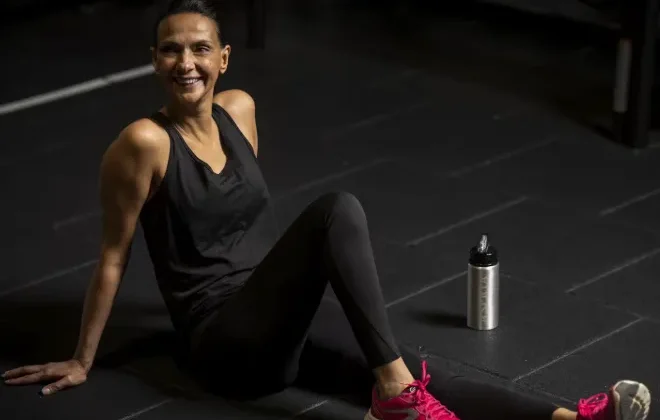







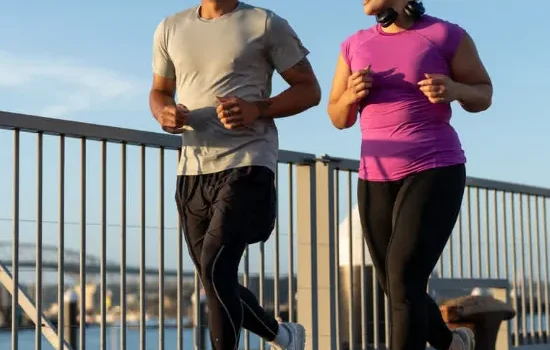

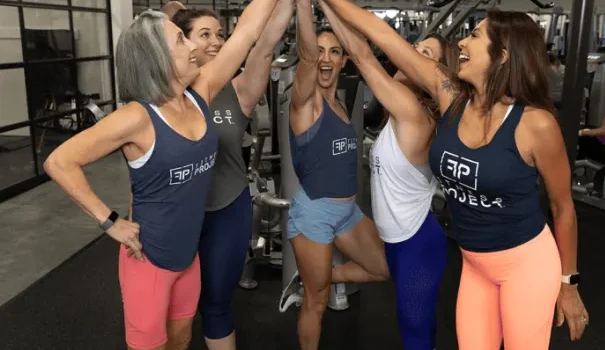


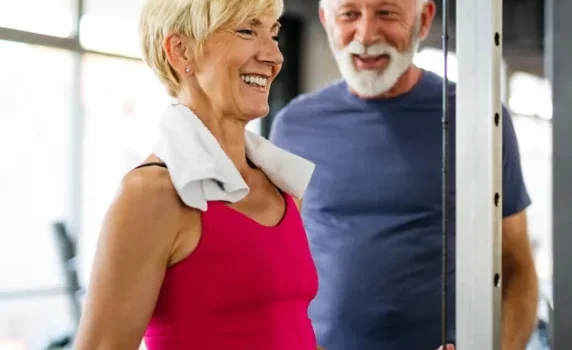
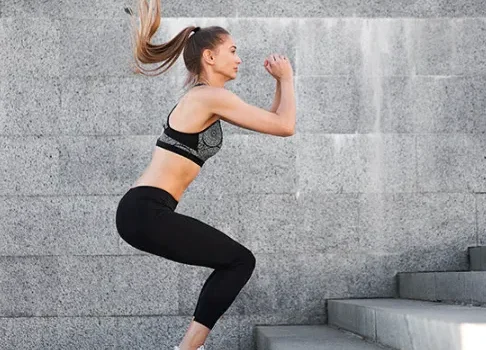



Comments
Mass Effect: Andromeda drops Denuvo
Get The Banner Saga for 75 percent off today
Battlefield 1 and Titanfall 2 are coming to Origin Access